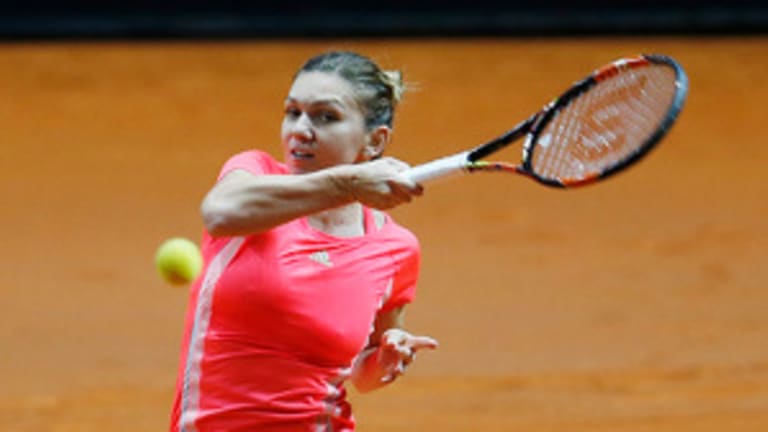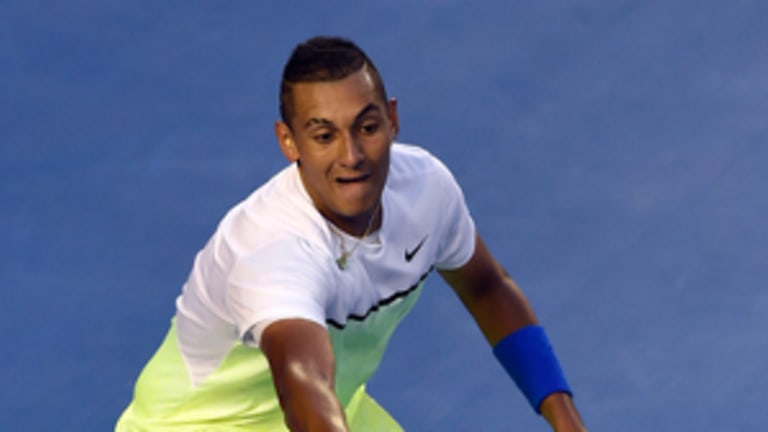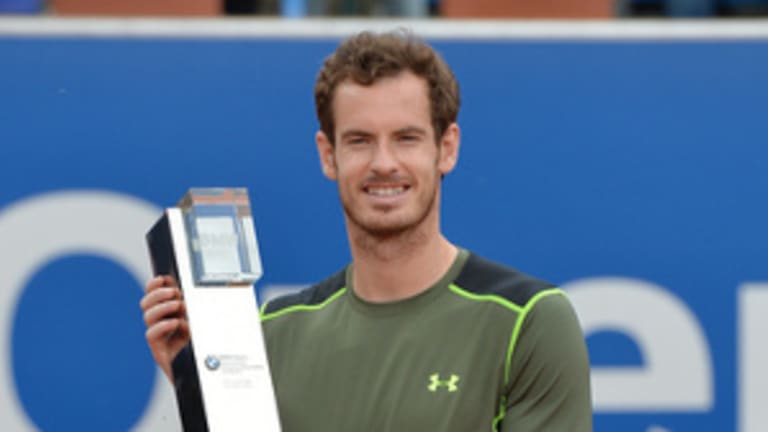You never know for sure with architecture, but it seems unlikely that Ion Tiriac’s pricey, icy Caja Magica will age as gracefully, or find itself as beloved, as its fellow clay havens in Monte Carlo and Rome. The Madrid Masters deserves credit for ambition and forward thinking with its facility, but a concrete-heavy, neo-Brutalist design is a hard sell for a tradition-bound sport. Six years in, Madrid seems to have reached its “it is what it is” phase, and that may be as good as it gets for the Magic Box.
The high altitude is now a given. The tournament’s blue period, from 2012, is a bittersweet memory. The florescent balls that were once promised never made it out of the can. And early reports this year indicate that the (red) clay has begun to settle in more evenly than it has in the past.The Vampyric One needs to think up a new disruption quickly, or people may actually start to like his event.
One of the disruptions that has stuck in Madrid is the schedule. Tiriac has always wanted to run a two-week tournament, but so far he has had to make do with nine days. As I write this, the event is well underway, and a couple of big names—including Tiriac’s fellow Romanian Simona Halep—have already dropped off the marquee. In fact, the woman who knocked Halep out, Alizé Cornet, has already been knocked out herself. The earlier a tournament starts, unfortunately, the earlier the upsets can begin.
Here are a few first-day notes from Madrid, and from the weekend events that overlapped it.


